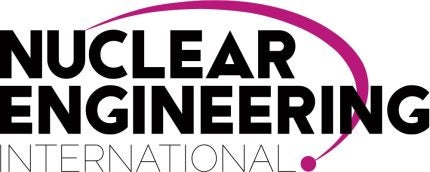
Russian strength across the global nuclear supply chain continues to present a significant challenge to western nations looking to build security of energy supply in response to the continued conflict in Ukraine.
In imposing another package of sanctions against Russia, the EU Foreign Affairs Council was recently pushed into a compromise position by having to exempt Hungary’s Paks II nuclear plant from the provisions. Hungary agreed to the EU sanctions package, which restricts supplies of liquefied natural gas, but only on the basis that no current or future measures will threaten Paks II. This plant, which features two VVER-1200 reactors, is currently being built by Rosatom.
Previously the Hungarian government, citing security of energy supply, had refused to support any measures that would affect the Russian gas sector. True, the latest round of sanctions has succeeded in gaining Hungarian buy-in, but any measures that would affect the Paks II project are clearly a step too far, particularly since the contract is supported by a Russian state loan used to finance the majority of the project. At the same time though, The Chairman and CEO of Paks II, Gergely Jákli, gave a nod to the European supply chain, noting that the decision to exempt the project is an important signal for EU and Hungarian suppliers that “clearly shows all potential European suppliers that measures taken by the EU will not affect the supply of any given product or service to the Paks II project.” Jákli added: “This is a wake-up call for the business community that the investment is waiting for all EU suppliers with the capacity and competence.”
This theme of domestic nuclear capability and capacity is also echoed in the United States where this month the Department of Energy (DOE) issued a request for proposals (RFP) to purchase low-enriched uranium (LEU) from domestic sources. Following on from the law enacted in May banning Russian LEU imports – this comes into effect in August – the RFP is intended to encourage the development of uranium enrichment capacity in the US, to “promote diversity in the market, and provide a reliable supply of commercial nuclear fuel to support the energy security and resilience of the American people and domestic industries, free from Russian influence”. It is supported by $2.7bn from the President’s Investing in America agenda.
Alongside its undoubted capabilities in supplying reactor hardware and nuclear technology, Russia currently also retains about 44% of global uranium enrichment capacity and supplies more than a third of all nuclear fuel imports to the US. Given its current limitations then, the US also had to fudge its ban with a waiver through until January 2028 to ensure US nuclear plants are not exposed to fuel supply disruptions.
While both the EU and US measures present opportunities to expand the supply chain, it must also be recognised that a large measure of Russian success in achieving market dominance is as a result of successive energy policy failures elsewhere. Existing capability, expertise and experience has been squandered by multiple governments over decades on the basis of short-term economic expediency. The cost of these decisions is now becoming clear. These latest moves to build domestic nuclear resilience should be welcomed purely on the basis that they build market diversity, improve security of energy supply and support future nuclear development. But there are also important long-term learnings that should be gleaned from the predicament western nations now find themselves in. The conflict in Ukraine will ultimately come to an end and relations with Russia will eventually normalise. When that happens it is vital that these critical energy policy lessons are finally learned, for those who cannot remember the past are condemned to repeat it.
Author: David Appleyard, Editor, Nuclear Engineering International






